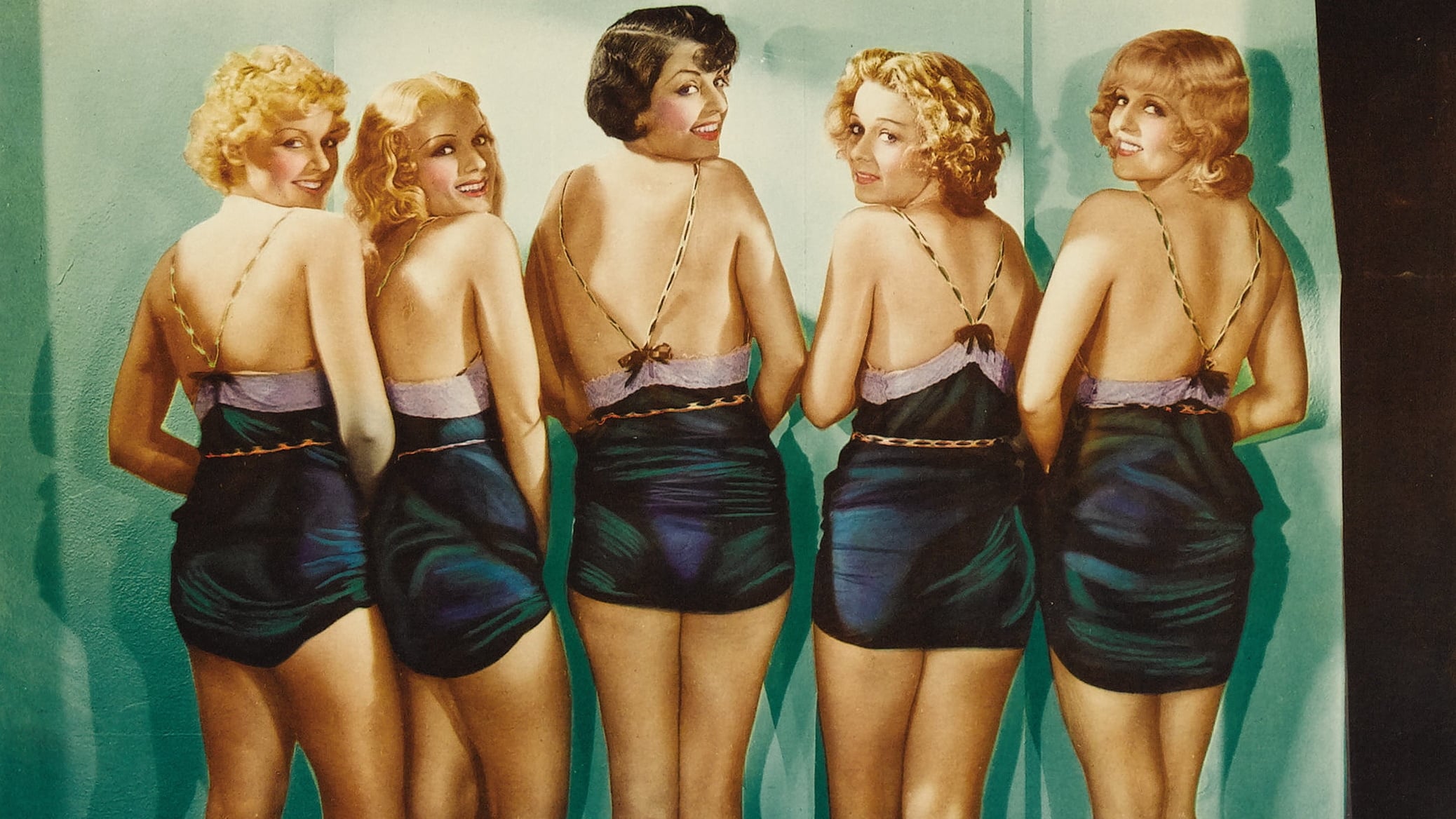

#Footlight parade movie#
The eventual premise was that Kent was compelled - in only three days - to create three complete, fantastic, live, spectacular and show-stopping miniature musicals (known as "prologues") for movie theatres as an added pre-show featured attraction for their patrons during the early days of talkies.
#Footlight parade code#
The film was also notable for its suggestive pre-Hays Code risque dialogue and some of the questionable relationships - parts of which were heavily edited or disguised by censors.The elaborate numbers in the film couldn’t possibly be staged in a theater, but that’s a moot point when the viewer's overwhelmed with the amazing imagery. As per usual with Busby Berkeley contributing in writing the music numbers, his songs are all extremely memorable and well-known signature production numbers, notable such examples including his first water ballet, "By a Waterfall" as well as "Shanghai Lil" and "Honeymoon Hotel." There’s often a touch of grimness to his numbers, and they often end on a small vignette.James Cagney turns in a dynamite performance as the theatrical producer Chester Kent who finds that talking pictures are cutting into his business.42nd Street had a dramatic, gritty story about a director who had to scrape together one more hit show or face financial ruin and a complete breakdown Gold Diggers of 1933 had constant reminders of the Depression and a final number which was about the World War veterans’ protest march to Washington, “Remember My Forgotten Man.” Footlight Parade on the other hand - while certainly depicting the stresses and strains involved in putting on a show - is pure enjoyable escapism. This is also the third of the great Warner Bros.-Busby Berkeley musicals, and the only one which is pure fun.It's one of most iconic and beloved Warner Brothers showbiz musicals even all these decades later.The film's songs were written by Harry Warren (music), Al Dubin (lyrics), Sammy Fain (music) and Irving Kahal (lyrics), and include "By a Waterfall", "Honeymoon Hotel" and "Shanghai Lil". The film was written by Manuel Seff and James Seymour based on a story by Robert Lord and Peter Milne, and was directed by Lloyd Bacon, with musical numbers created and directed by Busby Berkeley. It's all in the three closing numbers.Footlight Parade is a 1933 American pre-Code musical film starring James Cagney, Joan Blondell, Ruby Keeler and Dick Powell and featuring Frank McHugh, Guy Kibbee, Hugh Herbert and Ruth Donnelly. Having watched it again tonight, I will add that this is a strange "musical." There is almost no music for the first hour and a half. We see an opium den, a lot of prostitutes, at least one interracial couple, etc. Third of the three prologues, "Shanghai Lil," is definitely not something that could have been filmed the same way just a year or two later when the Production Code was put in force. How could anyone have maintained and built on that suspense for 10 whole minutes? I can't tell you, but Berkeley did. By the time you get to the end of this number, you're exhausted, not just physically and erotically, but imaginatively as well. But "that" is even more incredible than what has come before. What will he do next, you keep wondering? Oh, that. The number keeps building and building and building. What must it have been like in 1933 on huge movie theater screens in the era before multiplexes? = But these erotic poses are not JUST erotic poses.
#Footlight parade tv#
It was remarkably erotic on my 46" tv screen. All those shots of women opening and closing their legs.

Those jets of water spurting up - I use the verb advisedly - between the swimming women's legs. Perhaps I paid closer attention to this number this time, perhaps I was just in the right "mood." Either way, I marveled at the suggestiveness of so much of it. Berkeley and Warner Brothers understood that pretty women posed erotically had a real appeal to men, - I watched the end of this movie again this morning. It was 1933, after all, and before the Hayes Code. Yes, of course, some of the shots of the women in the water are very erotic. Watching it again tonight, I was, however, struck yet once again by the genius of Busby Berkeley in staging the last three numbers, the "prologues." Most remarkable of a very remarkable trio for me is "Beside a waterfall." It just keeps building and building and building. I don't have anything original to add to the justified encomia others have lavished on this remarkable movie.


 0 kommentar(er)
0 kommentar(er)
